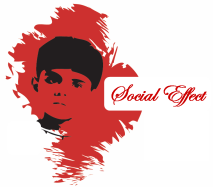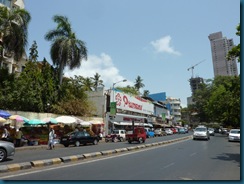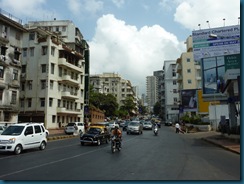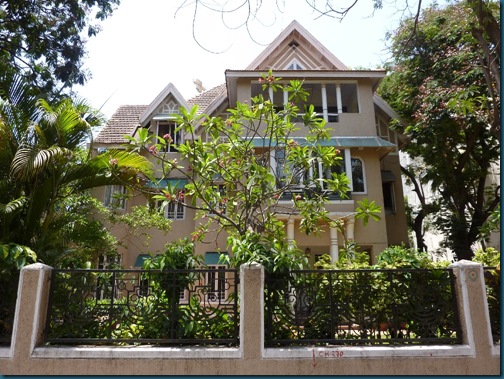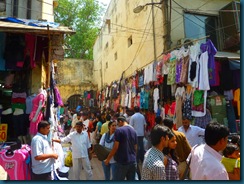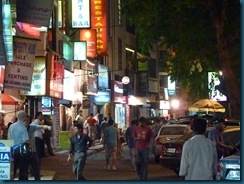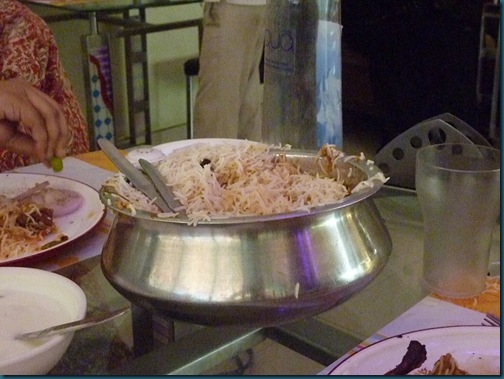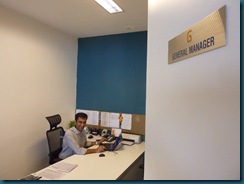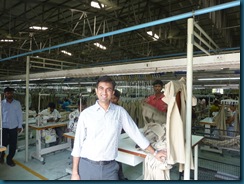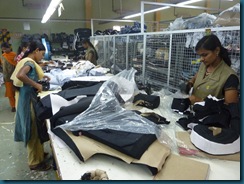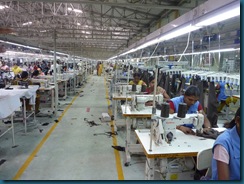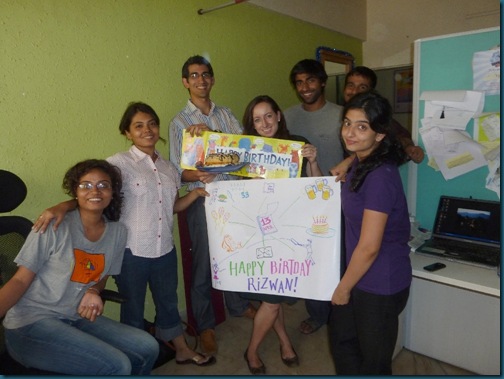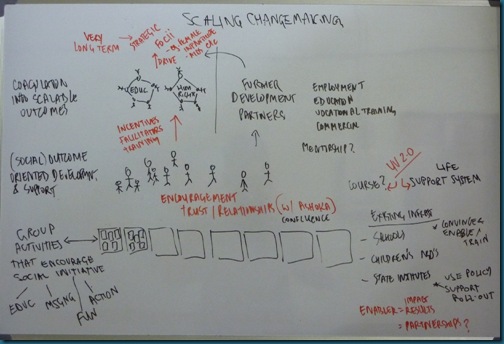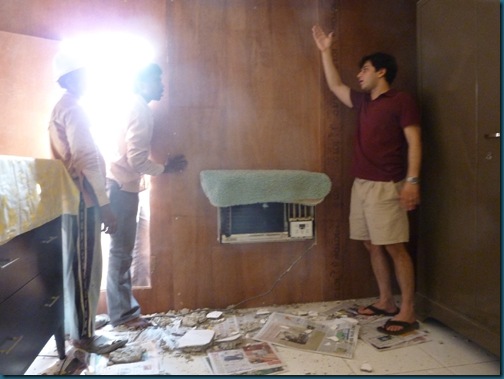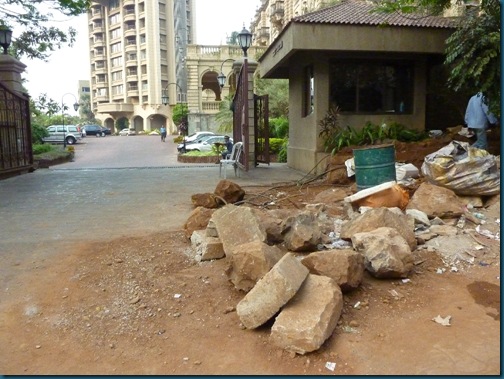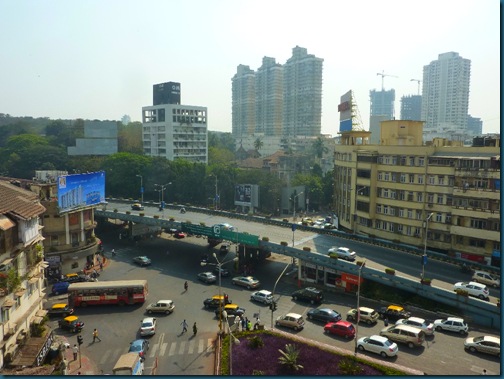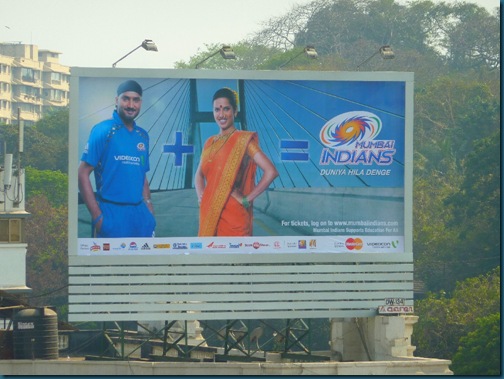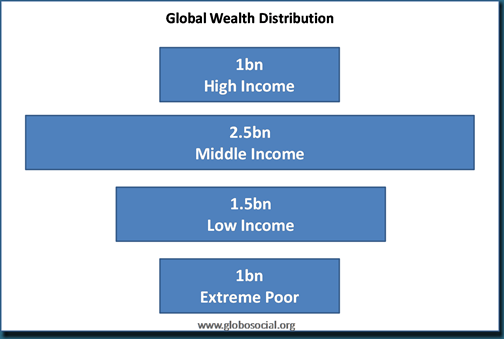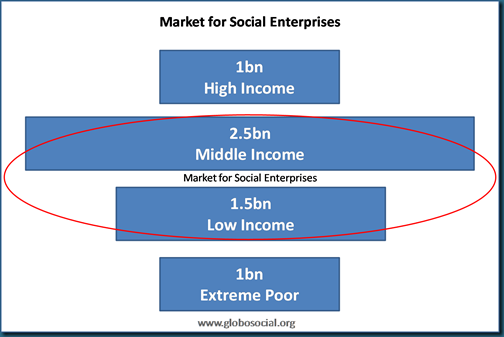For many visitors, Singapore is a boring, clinical city, but I love it. There’s lots of culture, cool bars and awesome food. The only drawback is how expensive beer is. Ranged from 16SGD to 25SGD for a pint, which is just ridiculous. I felt like I was drinking money. The food however is the opposite. Cheap and good. And I mean REALLY good. The government set up proper hawker centres for all the street sellers, so they now have ‘street’ food in clean environments, making it probably the only place in the world you can eat all sorts of tasty stuff without worrying about falling ill.

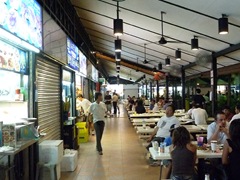
Singapore has stunning temples, and eye catching skylines that are both well worth experiencing

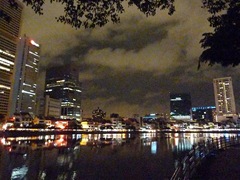
On the food front, pretty much nothing beats Chilli Crab. It’s so good that I actually dream of it when I’m away from Singapore. I’ve tried it in other places, but it just doesn’t compare. And of course when Singaporeans eat, they eat properly!
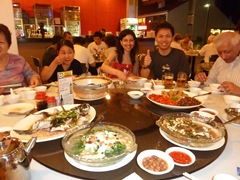
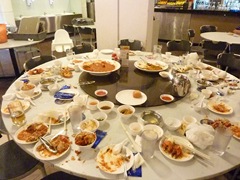
Fruits are abundant in Singapore, especially Durian, which is referred to as the King of Fruit. It actually tastes acceptable but the smell kills you long before it goes near your mouth. That, and the fact that the taste is so strong that it stays with you for hours. You really have to like the stuff to tolerate it. Between the overpowering smell and the mushy texture, I have to admit, it’s not really the fruit for me.

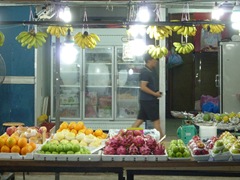
Singapore is mostly Chinese, and Chinese food is everywhere. My favourite new food that I hadn’t eaten before is probably Bak Kut Teh, which is simple but tasty. Basically meaty chunks of pork rib in soup. And then of course there’s a huge South Indian population, so awesome Indian food too. Check out the Masala Dosa with all the trappings!
I stayed in a HDB with in old friend of mine’s spare room. HDBs are Singapore’s answer to public housing. Efficient, spacious and decent. I also caught up with a bunch of friends in Singapore.
Singapore was really meant to be a break. I’m usually pretty burnt out after about three months on the road, because my interaction with projects is pretty intense. But as usual, although I did mostly stick to taking it easy and enjoying life with friends and family, there was still a bit of thinking involved.
I randomly helped out with some commercial and brand strategy for the hotel industry, which was actually quite fascinating…
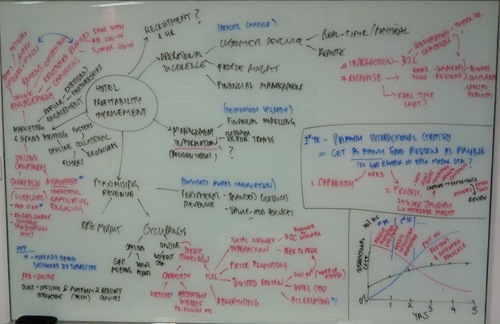
…before catching up with the Lien Centre for Social Innovation, where we discussed impact measurement, and mechanisms for developing social innovation. The trouble with most organisations facilitating these things, is that they are primarily staffed with people who have little real life experience of addressing human issues, or of running organisations that deal with these problems. The result is a combination of copying what everyone else is doing and applying generalisms from the commercial sector. Even when you are able to suggest more effective options, the next limitation is usually inertia. They are already committed to their way of doing things.
I also did some work with a Social Enterprise called Chatters, which has been set up to address issues related to Singapore’s growing ageing population. We looked at the use of brand to scale their operations, and also to impact social consciousness. Unfortunately this is one time I didn’t take any snapshots, but I was informally offered a job for 2012 to develop some of these things by a board member of the the MCYS. Another option to add to the list :)
Finally I’d promised another project I worked with that I would visit the North Light school, and it randomly worked out that the same people involved with Chatters were also involved with North Light. So I got a full tour. It’s a fantastic example of what can be done when the problem is small and the funding is large. Singapore has about 900 students who have dropped out of school or failed their PSLE twice, and the government has set up a special school for these students to ensure that the city does not end up with a poverty issue that requires welfare in the long run. Very pro-active as usual.
They’ve gone all out to address both social and educational development, and the school costs twice as much as a normal one to run. The facilities are superb and the results equally good.



Aside from covering educational, creative, emotional and nutritional needs they have superb vocational training centres for both hotel and tourism, and store retailing.

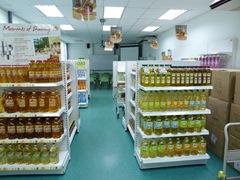
Finally they’ve developed a great game to teach their students how to manage their money. This game is available to all and will hopefully go towards raising greater funding for the work that North Light is doing. Check the game out if you see it in stores.


